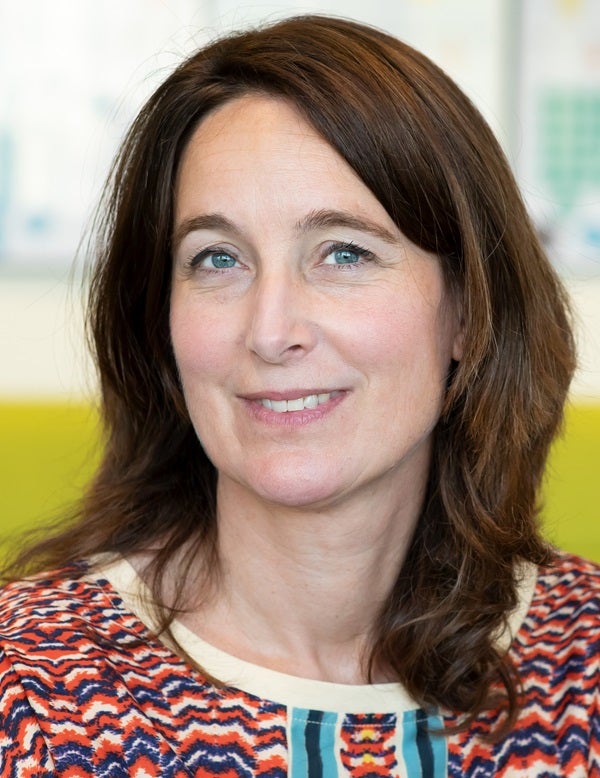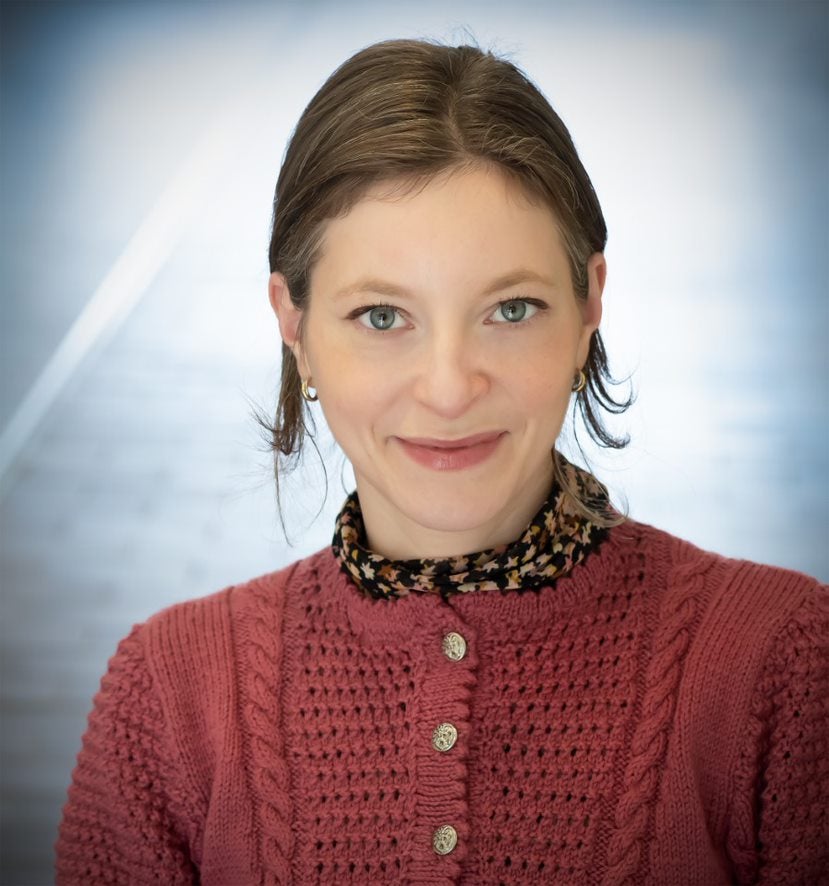Foreign Land – the exhibited works
We want to live
‘We want to live’ is the translation of the Arabic handwritten text mounted on the wall in brightly coloured neon light. Surrounding it are the heart-felt cries in cheerful colours that have been written on the wall by Palestinian friends from the artist. With seemingly light-hearted and humorous works of art, artist Susanne Khalil Yusef (Germany, 1984) depicts the pain, despair and grief of the Palestinian people. Her work also focuses on creating interconnectedness between people that have been displaced. Khalil Yusef translates the daily experiences of herself, friends and family into images made of soft, colourful and durable materials, such as the carpet with a palm tree on fire and the plastic chair dragged everywhere, executed in bronze. Rootpusher is a root-like figure with twisted smile in shiny metal that symbolizes the migrant trying to gain a foothold.
Chin. Ind. Rest.
The ability of migrants to adapt is also reflected in the work of Benjamin Li (Netherlands, 1985). His contribution shows both the resilience and the struggle associated with migration. The starting point in his work is the Chinese-Indonesian restaurant tradition his parents were part of after settling in the Netherlands. By blending this heritage with absurd humour, he exposes issues such as stereotyping and nationalism. The photographs of his parents in orange Holland shirts and the simplified self-portrait, composed of two halves of his parents’ faces, show the search for intercultural identity and the making of one's own story. The Chinese-Indonesian restaurant exists only in the Netherlands but is gradually disappearing from the Dutch cityscape. To honour and bring attention to this cultural phenomenon, Li mixes everyday expressions of the Chinese-Indonesian restaurant in sugar packets, rosettes, menus and dishes into his art. For instance the puzzle series of typical Chinese-Indonesian dishes, such as Koe Lo Yuk. The white puzzle pieces represent the disappearance of Chinese-Indonesian restaurants in the Netherlands. The total amount of those white pieces corresponds to Benjamin Li's age and thus increases every year.
Emotional archive
Anthony Ngoya's (France, 1995) work addresses the importance of recollections and memory in the formation of identity. He uses media that already carry or suggest a history within them, such as old films, photographs, pieces of textiles, tiles, paints and prints, and mixes them to create new images. In those images personal and collective memories intertwine. In Foreign Land, Ngoya displays a video installation in a living room setting. The various screens display edited material from personal and public sources: archival footage of political and social events in the Republic of Congo between 1960 and 1990, sourced from Congolese and French media; recordings of French tourists visiting Congo, home videos made by the artist's parents and noise images created while zapping between channels. The installation refers to both the complex workings of memory and Ngoya's family history, which has been shaped in part by Congo's and France's colonial past. The importance of storytelling in this process is underscored. Each time a story is told, a different part is highlighted.
Inner world
Materiality and sensibility as well as smell and spaces also play an important role in the work of Abul Hisham (India, 1987). His work deals with the tension between the inner mental space of an individual and the power structures and hierarchy in political and religious systems. In his work, he draws on age-old traditions in India as well as his own history. By painting the material, he literally digs his way into his own memory and explores how mental processes are expressed in the body. The strong physicality draws the viewer into his own inner world. Especially for Foreign Land, Hisham created a new installation. Painted in earth tones on vertical panels are representations of people moving in a group like pilgrims. Black notches run across the representations, referring to the physical and emotional scars of people on the run. The panels are literally bordered with by a mud-like substance. In the portrait of a person and the abstracted house hanging next to the panels, the longing for a home is palpable.

